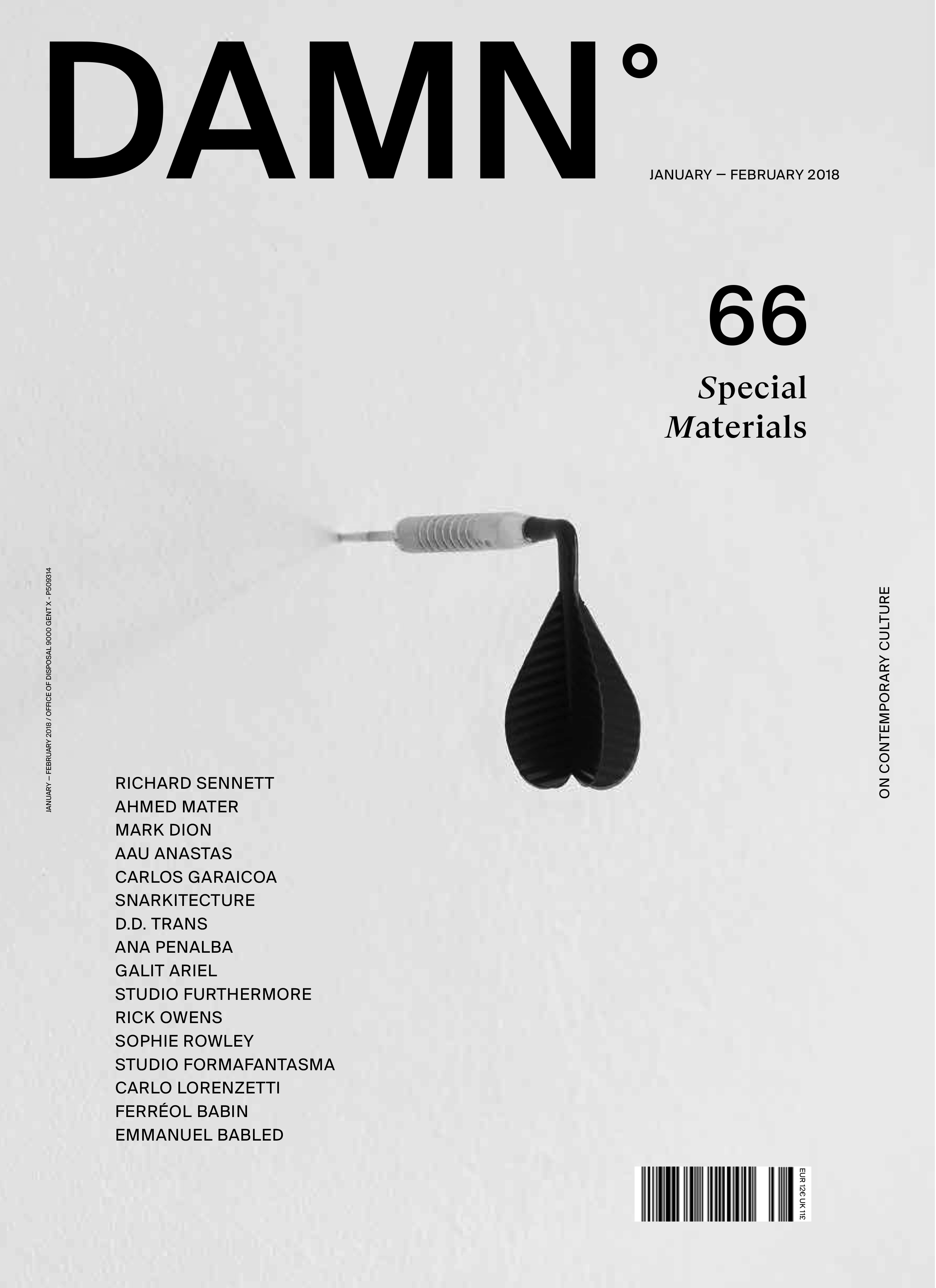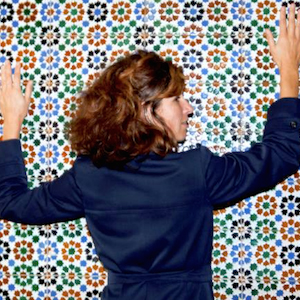It’s as if Marina Abramović’s mantra about art and artists who have to be beautiful somehow also applies to architecture: Architecture must be serious. The architect must be serious. When in 2008 visual artist Daniel Arsham and architect Alex Mustonen started a collaborative practice, they were dedicated to play and to invite us to play along. ‘Our goal is to make work that is meaningful but also fun and playful. And not everything that is meaningful has to be bloody serious,’ says Mustonen. ‘It’s extremely important that people find ways to engage with architecture. And that’s what Snarkitecture is very interested in: finding a new way to open the discipline to people who didn’t have access to architecture previously, or who weren’t able to experience it in that way.’
Of course, when Mustonen and his former classmate Arsham (they were both studying at the Cooper Union in New York City ‘where there was this tradition of making, and respect for being able to realise an idea and for the craft behind the thing that you’re making’) decided 10 years ago to found a common practice that would work between art and architecture, they were looking for a playful name; one that rhymed with architecture. Lewis Carroll, the author of Alice in Wonderland, was their inspiration: ‘His children’s poem, The Hunting of the Snark, describes the impossible journey of an improbable crew of misfits to find an inconceivable creature: the Snark. The crew doesn’t know what the Snark looks like, they don’t know how to find it, and they’re using a blank ocean chart only showing the ocean to navigate their journey, so they don’t even know where they’re going...An absurd story, with a bit of a serious undertone. The name Snarkitecture is playful and it sounds like architecture, but it isn’t architecture. We’re constantly looking towards existing structures, materials, problems distinct in architecture that surrounds us every day, and finding ways to combine those and reimagine them to create things new and imaginative. We enjoy working with the idea of every day, and to transform it into something indefinite.’
The genesis of its name suggests why, since 2008, Snarkitecture has been breaking down architectural boundaries, developing unexpected interactions with people from fashion, art, design and music. Snarkitecture has been doing installations, objects and architecture. And in all of their work, the joyful play is taken very seriously.
In terms of favourite projects, there is an apt diversity of Mustonen’s response, and one that seems experiential-based: ‘Our Drift pavilion at Design Miami 2012 - at the time our largest project. It was also the first project that put us in front of this global art and design audience.’ Using tent material to create a facade with what looked like huge inflatable sausages, Drift encapsulated Snarkitecture’s idea of taking something familiar and transforming it into something extraordinary and unexpected. ‘We constructed a kind of strange landscape in vinyl that became an active gathering place. People inhabited that space in a really beautiful way,’ explains Mustonen.
He also loved the wallpaper developed last year with Calico: ‘Quite simple but also quite beautiful. We were surprised at just how good it was. We thought it was going to be this two-dimensional representation of something that architecture has been exploring for a while - the landscape – but when we saw the piece printed and installed, we were very happy there was a level of depth. This project is also the result of an interesting collaboration.’ Another of his favourites is the candle called Secret Souvenir, perfumed with a fragrance made of scents found in New York City’s parks. As you burn it, the candle reveals a souvenir within: a mini Empire State Building, Chrysler Building or Statue of Liberty. The Beach also has a special place in Mustonen’s heart – ‘Just the sheer joy people have by going into that space! When you look around your project and you see everyone smiling, it’s a good feeling. It goes back to this idea that not everything needs to be so weighty and serious. You can create moments that invite play, and interaction. And it takes us back, to reconsider what it was like to be a child, what it is to be curious, and with how we engage and interact with our architectural surroundings.’
It’s clear that embarking on its next decade of existence, Snarkitecture still possesses the fire in the belly of its first beginnings. Recent and future developments will shape the Brooklyn-based practice: the team recently welcomed Benjamin Porto as its third partner (a licensed architect holding a Master of Architecture from Columbia University and specialised in high-end residential, hospitality and tower design); in spring 2018, Snarkitecture will publish its first book, with Phaidon; and is also work- ing on its first museum exhibition, which will take place in the summer of 2018, and naturally invites visitors to get hands-on with the experience. Besides that, its developing an idea with Caesarstone during this year’s Salone del Mobile; a next edition of The Beach might be soon popping up in a city near you; and in February, another interior design project for streetwear brand Kith will be revealed.
Snarkitecture continues to work in each of its three chosen parallel paths - objects, installations and architecture. For Mustonen, ‘Alongside our primary goal of making architecture perform the unexpected, we’re also trying to make architecture something you want to experience, you want to engage with.’ As a result, Snarkitecture is, along with several others, rewriting architecture history, as it redefines architecture as something close to us, ready to be experienced, rather than to be undergone or even feared. It should be something that radiates friendliness and joy instead of power or distance. Something that invites playfulness, and not to be taken too seriously. Since, as a practice, the team very much worship Plato’s dialectic idea of complementarity, and connect with people of all kind of disciplines – whether it be clients, colleagues or others – with whom they form new groups that operate as one, we might also learn a thing or two about how sharing and collaboration makes work and life more interesting. Especially in architecture, that is.
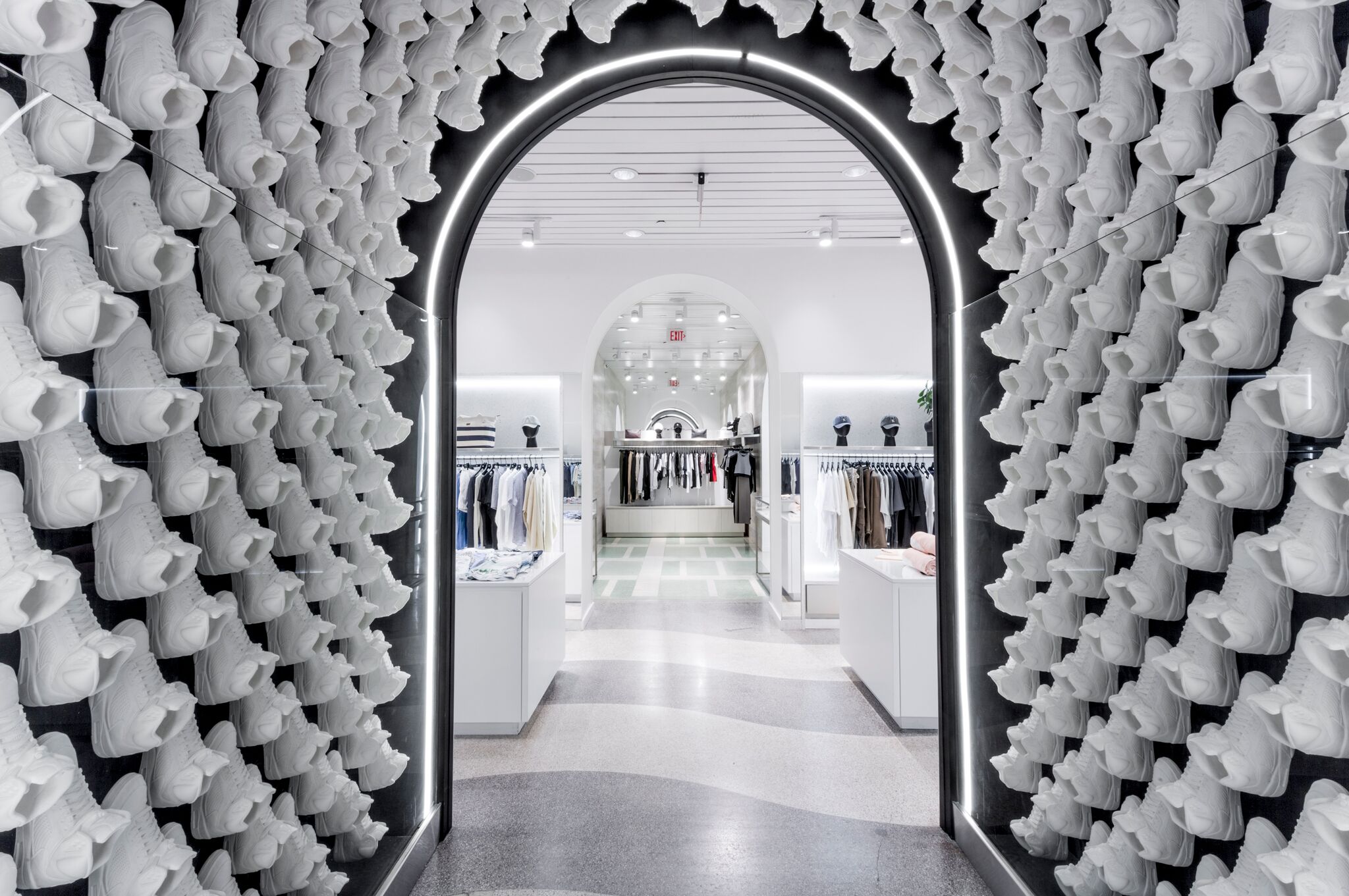
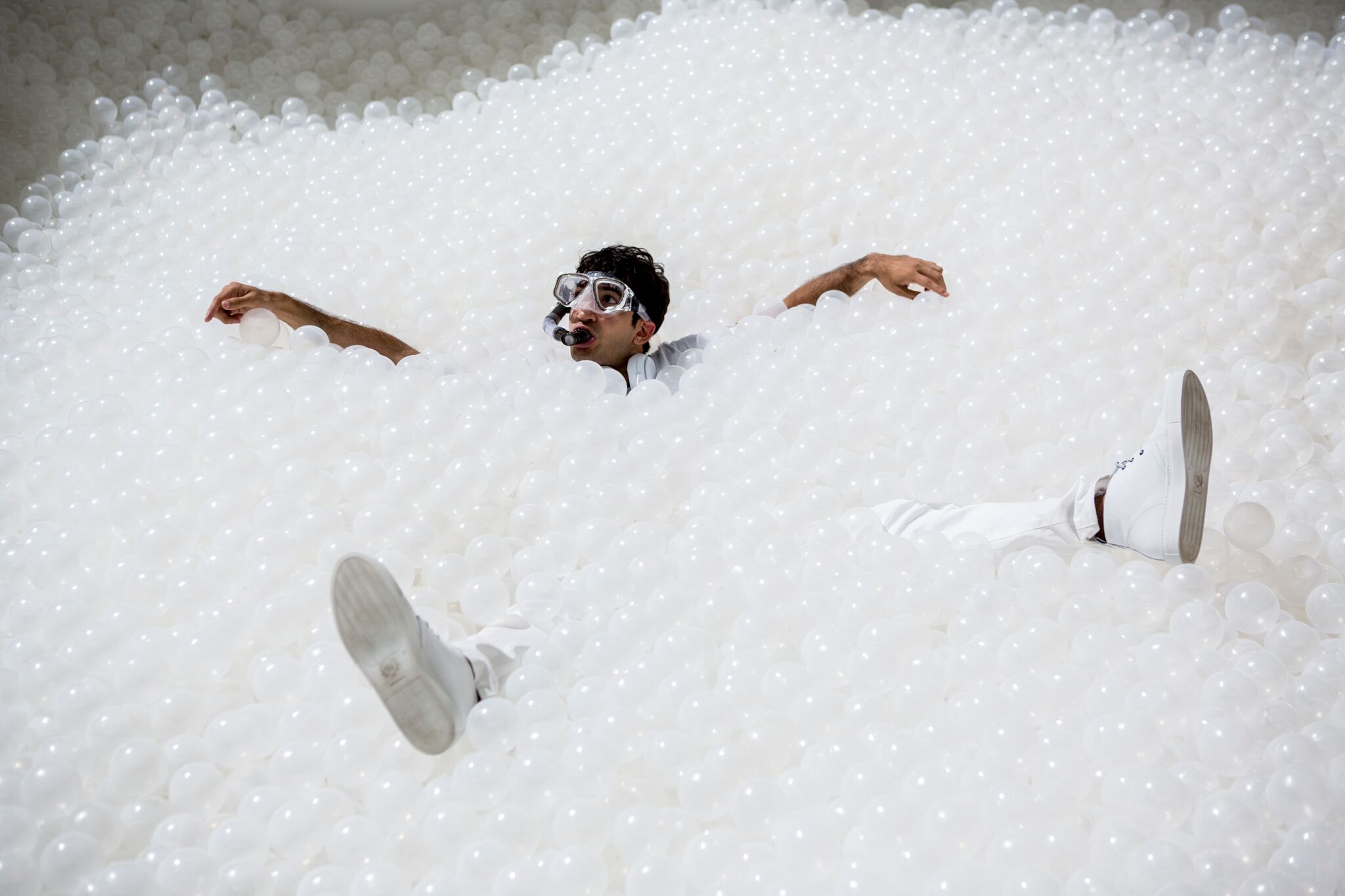
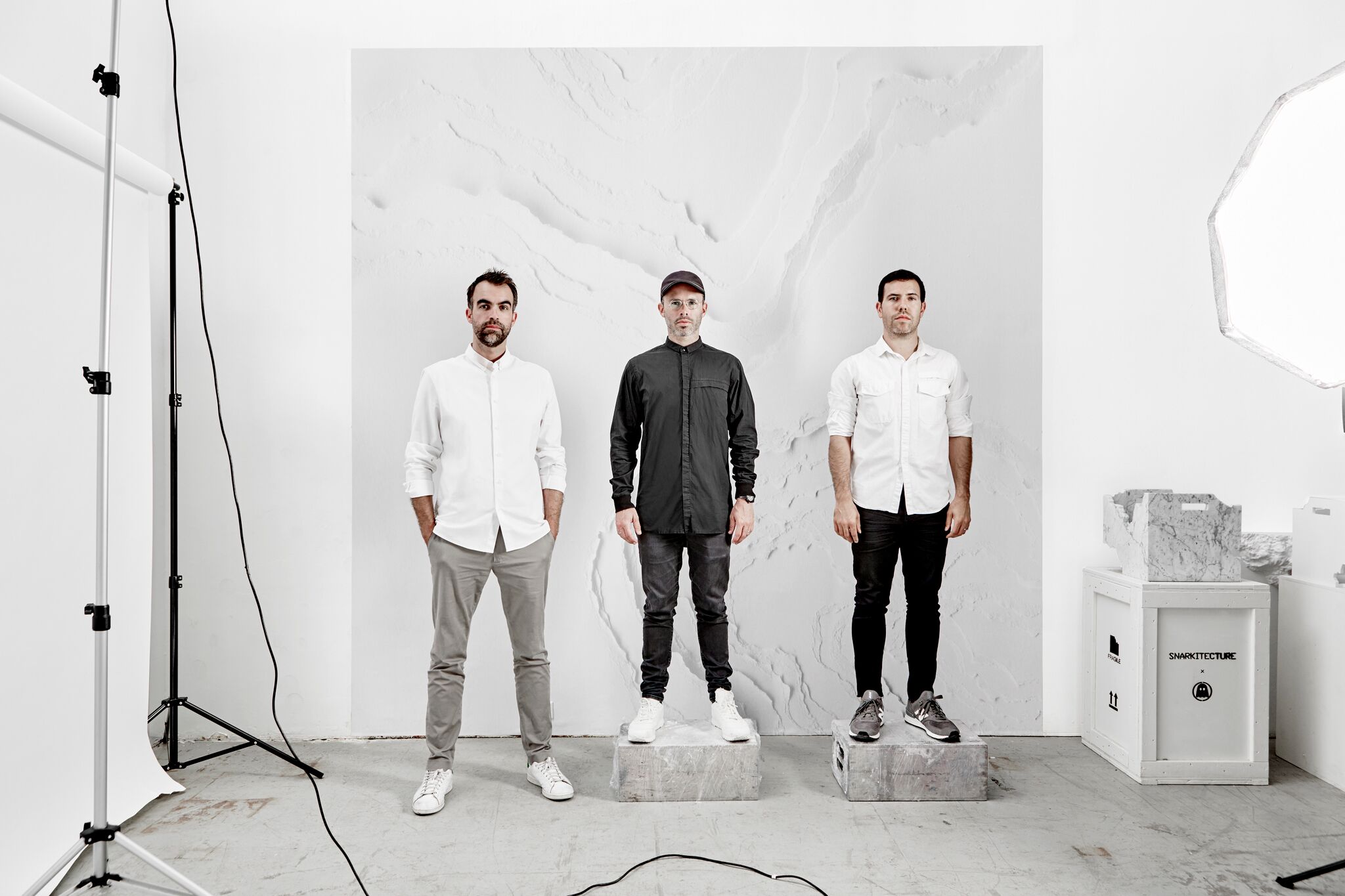
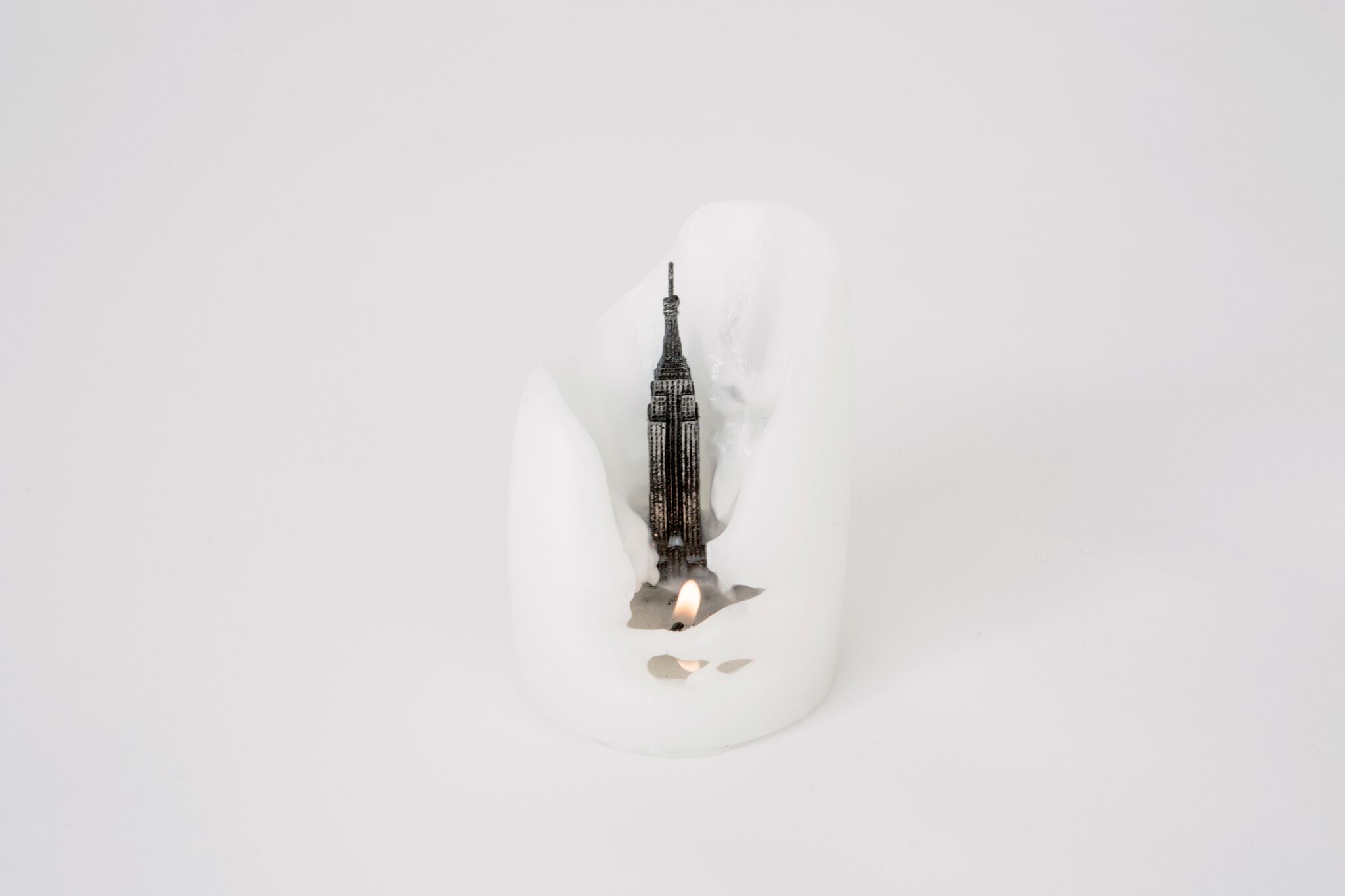
Of course, when Mustonen and his former classmate Arsham (they were both studying at the Cooper Union in New York City ‘where there was this tradition of making, and respect for being able to realise an idea and for the craft behind the thing that you’re making’) decided 10 years ago to found a common practice that would work between art and architecture, they were looking for a playful name; one that rhymed with architecture. Lewis Carroll, the author of Alice in Wonderland, was their inspiration: ‘His children’s poem, The Hunting of the Snark, describes the impossible journey of an improbable crew of misfits to find an inconceivable creature: the Snark. The crew doesn’t know what the Snark looks like, they don’t know how to find it, and they’re using a blank ocean chart only showing the ocean to navigate their journey, so they don’t even know where they’re going...An absurd story, with a bit of a serious undertone. The name Snarkitecture is playful and it sounds like architecture, but it isn’t architecture. We’re constantly looking towards existing structures, materials, problems distinct in architecture that surrounds us every day, and finding ways to combine those and reimagine them to create things new and imaginative. We enjoy working with the idea of every day, and to transform it into something indefinite.’
The genesis of its name suggests why, since 2008, Snarkitecture has been breaking down architectural boundaries, developing unexpected interactions with people from fashion, art, design and music. Snarkitecture has been doing installations, objects and architecture. And in all of their work, the joyful play is taken very seriously.
In terms of favourite projects, there is an apt diversity of Mustonen’s response, and one that seems experiential-based: ‘Our Drift pavilion at Design Miami 2012 - at the time our largest project. It was also the first project that put us in front of this global art and design audience.’ Using tent material to create a facade with what looked like huge inflatable sausages, Drift encapsulated Snarkitecture’s idea of taking something familiar and transforming it into something extraordinary and unexpected. ‘We constructed a kind of strange landscape in vinyl that became an active gathering place. People inhabited that space in a really beautiful way,’ explains Mustonen.
He also loved the wallpaper developed last year with Calico: ‘Quite simple but also quite beautiful. We were surprised at just how good it was. We thought it was going to be this two-dimensional representation of something that architecture has been exploring for a while - the landscape – but when we saw the piece printed and installed, we were very happy there was a level of depth. This project is also the result of an interesting collaboration.’ Another of his favourites is the candle called Secret Souvenir, perfumed with a fragrance made of scents found in New York City’s parks. As you burn it, the candle reveals a souvenir within: a mini Empire State Building, Chrysler Building or Statue of Liberty. The Beach also has a special place in Mustonen’s heart – ‘Just the sheer joy people have by going into that space! When you look around your project and you see everyone smiling, it’s a good feeling. It goes back to this idea that not everything needs to be so weighty and serious. You can create moments that invite play, and interaction. And it takes us back, to reconsider what it was like to be a child, what it is to be curious, and with how we engage and interact with our architectural surroundings.’
It’s clear that embarking on its next decade of existence, Snarkitecture still possesses the fire in the belly of its first beginnings. Recent and future developments will shape the Brooklyn-based practice: the team recently welcomed Benjamin Porto as its third partner (a licensed architect holding a Master of Architecture from Columbia University and specialised in high-end residential, hospitality and tower design); in spring 2018, Snarkitecture will publish its first book, with Phaidon; and is also work- ing on its first museum exhibition, which will take place in the summer of 2018, and naturally invites visitors to get hands-on with the experience. Besides that, its developing an idea with Caesarstone during this year’s Salone del Mobile; a next edition of The Beach might be soon popping up in a city near you; and in February, another interior design project for streetwear brand Kith will be revealed.

One of the several retail proje s by Snarkite ure: KITH in Miami Photo: Noah Kalina

The Beach, The National Building Museum in Washington D.C., 2015 Photo: Noah Kalina

Portrait of the Snarkite ure partners: Alex Mu onen, Daniel Arsham and Benjamin Porto Photo: Noah Kalina


